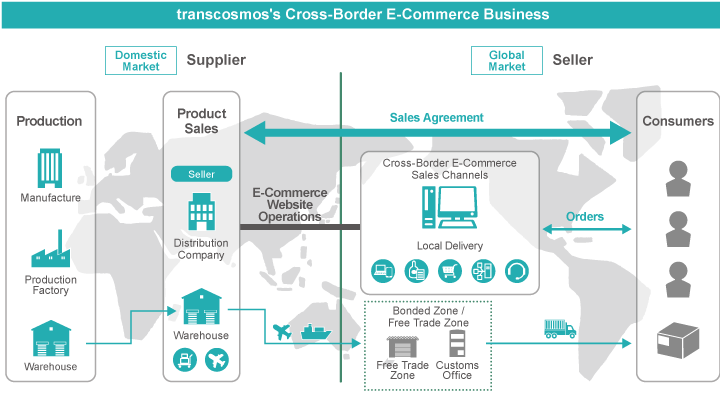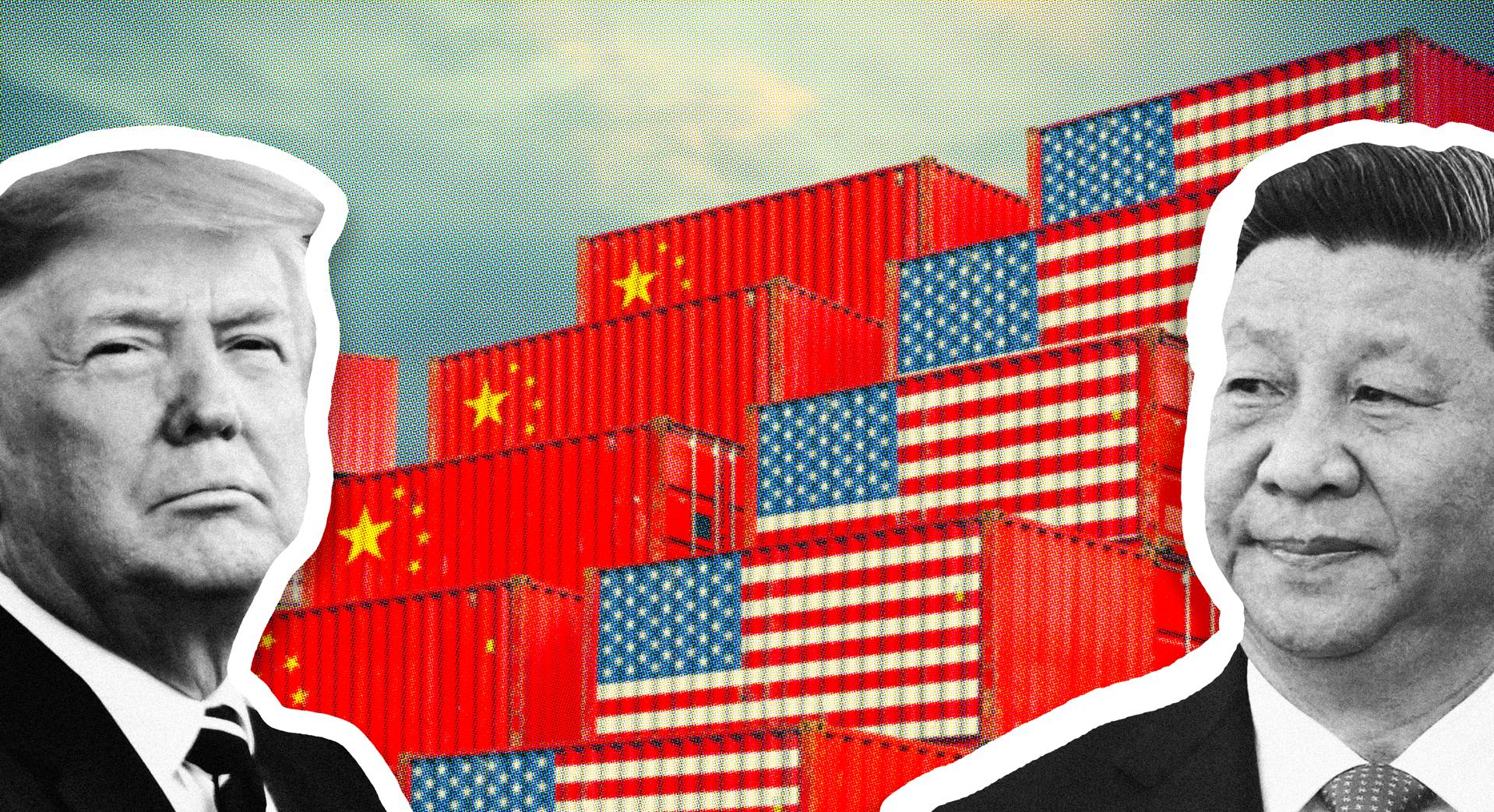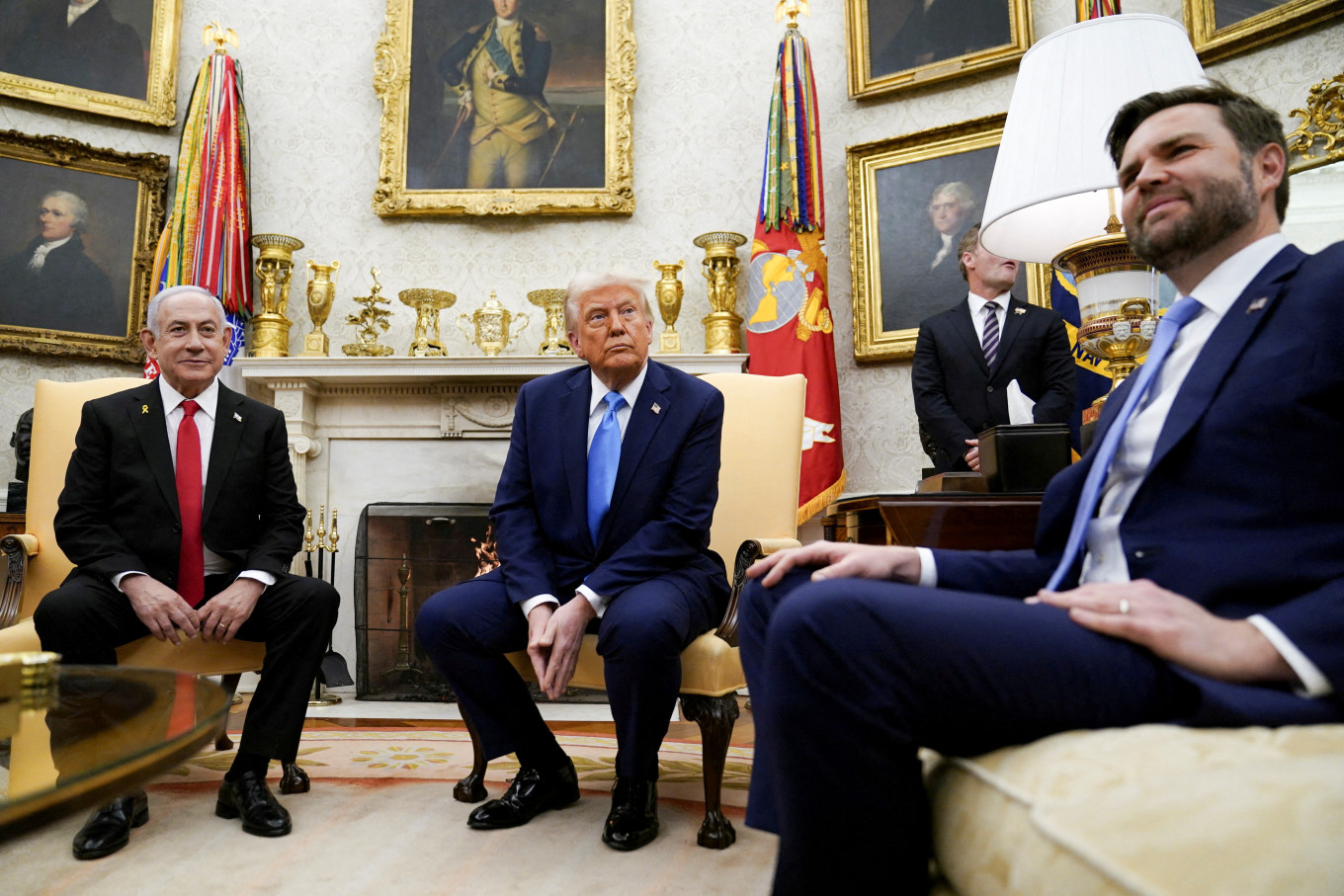Alright, let’s cut to the chase. The US’s recent tariff hikes are no joke – they’re delivering a brutal blow to cross-border e-commerce, and frankly, it’s a self-inflicted wound. Veteran e-commerce operator, Mallory Ni, summed it up perfectly: this isn’t just a slowdown, it’s a freeze. I’m hearing the same horror stories from across the industry.

Photo source:www.trans-cosmos.co.jp
According to data from ‘Wise Detection’, a price comparison platform, a whopping 930 Amazon products saw price increases starting April 9th. We’re talking an average jump of 29% – across everything from clothes and homewares to electronics and toys! Multiple e-commerce platforms are echoing this, issuing notices about ‘global trade rule and tariff changes’ forcing price adjustments starting April 25th.
Consumers are getting hammered, businesses are squeezed, and the US government thinks this will magically bring manufacturing back home? Seriously?
Let’s unpack the implications of these tariffs, shall we?
Tariffs are essentially taxes imposed on imported goods. They’re meant to make foreign products more expensive, theoretically encouraging domestic production. The core idea is to protect local industries.
However, in today’s interconnected global economy, tariffs disrupt established supply chains. Businesses rely on efficient sourcing, and tariffs throw a wrench into that efficiency, increasing costs for both retailers and consumers.
The goal of manufacturing ‘re-shoring’ isn’t accomplished simply by raising prices on imports. It requires significant investment in infrastructure, workforce development, and innovation to create competitive domestic production capabilities.
Ultimately, these tariffs risk triggering a cycle of retaliatory measures from other countries, escalating trade tensions and harming global economic growth. This isn’t a strategy; it’s a gamble with potentially devastating consequences.





